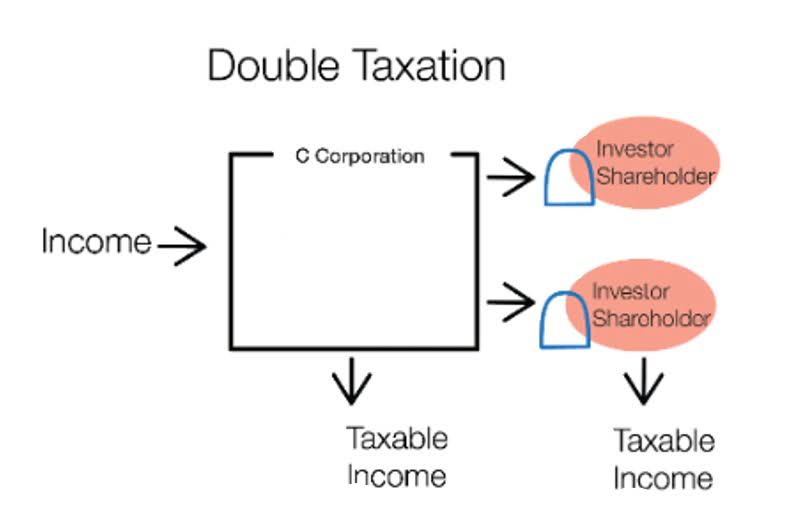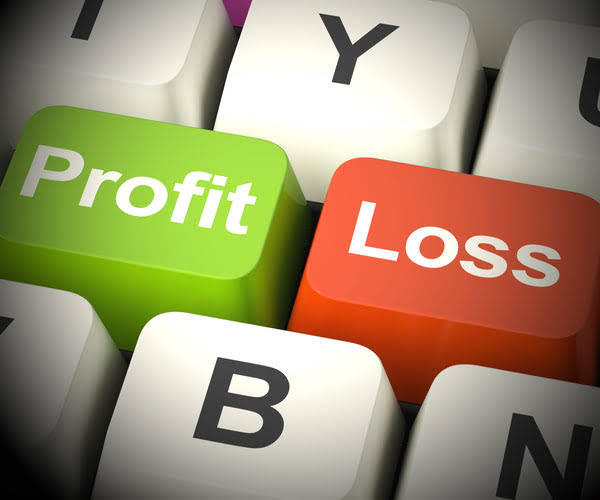If your ratio were closer to 1 or lower, it might mean you’re not making the most of your resources. This result indicates that the company generates $2.00 in revenue for every $1.00 in assets. The Asset Turnover Ratio does more than quantify efficiency, it provides insight into how well management is utilizing the company’s assets to support revenue generation. Unfortunately, the information provided by the total asset turnover ratio isn’t always of equal value for every potential investment you may wish to explore. A ratio of 1, or 100%, means that a firm is generating a dollar in sales for every dollar in assets that it owns.
How to Calculate the Total Asset Turnover Ratio
On the other hand, a lower turnover ratio shows that the company is not using its assets optimally. Asset measurement refers to the process of determining the monetary value assigned to an asset in the financial statements. It ensures that assets are reported fairly and accurately, using methods like historical cost, current cost, realizable value, and fair value. This is crucial for transparent financial reporting and compliance with standards like IFRS or SOCPA.
It could also mean that the company is asset-heavy and may not be generating adequate revenue relative to the assets it owns. For this simple version of the total assets turnover ratio, you can calculate a firm’s average total assets by dividing the combined opening and closing assets of any reporting year by 2. A high asset turnover ratio indicates a company that is exceptionally effective at extracting a high level of revenue from a relatively low number of assets. As with other business metrics, the asset turnover ratio is most effective when used to compare different companies in the same industry. Sometimes, investors and analysts are more interested in measuring how quickly a company turns its fixed assets or current assets into sales.
Use of Asset Turnover Ratio Formula
- Wafeq makes it easy to calculate and monitor key ratios such as Asset Turnover, automatically and in real-time.
- As with other business metrics, the asset turnover ratio is most effective when used to compare different companies in the same industry.
- Sally’s Tech Company is a tech start up company that manufactures a new tablet computer.
The total asset turnover ratio is one of the many efficiency ratios that let you evaluate how well a company is using its assets to generate income. The asset turnover ratio can vary widely from one industry to the next, so comparing the ratios of different sectors, like a retail company with a telecommunications company, would not be productive. Comparisons are only meaningful when they are made for different companies within the same sector. The asset turnover ratio is used to evaluate how efficiently a company is using its assets to drive sales.
Hence, the asset turnover ratio is a ratio that compares a company’s net sales to the total assets through which this sale was generated. This metric is used to measure how efficiently the assets of a company are deployed to generate revenue or sales. The asset turnover ratio is an efficiency ratio that measures a company’s ability to generate sales from its assets by comparing net sales with average total assets. In other words, this ratio shows how efficiently a company can use its assets to generate sales. The asset turnover ratio, also known as the total asset turnover ratio, measures the efficiency with which a company uses its assets to produce sales.
- Assets turnover ratio is an activity ratio that measures the efficiency with which assets are used by a company.
- This is often the case for many service industries, including insurance companies, energy suppliers, and information technology firms.
- The Asset Turnover Ratio is a well-known metric that helps assess how efficiently a business utilizes its assets to generate revenue.
Ratio comparisons across markedly different industries do not provide a good insight into how well a company is doing. For example, it would be incorrect to compare the ratios of Company A to that of Company C, as they operate in different industries. If you are unhappy with your asset turnover rate, it is crucial to focus on improving net sales. This can be done through eg minimizing returns by stopping returns fraud and offering store credit instead of refunds.
Double-entry Accounting
Users are encouraged to conduct their own research or consult a qualified professional before making any financial decisions. This is often the case for many service industries, including insurance companies, energy suppliers, and information technology firms.
Formula for Asset Turnover Ratio
Therefore, it wouldn’t make sense to compare this ratio for businesses in different sectors. When you get the beginning and ending value figures, add them and divide them by 2 to get the average total asset value for the year. After that, locate the company’s total sales on its income statement which total asset turnover formula could be listed also as Revenue. Then, to finally get the company’s asset turnover ratio, divide the total sales or revenue by the average value of the assets for the year. Asset turnover (total asset turnover) is a financial ratio that measures the efficiency of a company’s use of its assets to product sales.
In the realm of financial analysis, the Asset Turnover Ratio plays a critical role. It provides significant insights into how efficiently a company uses its assets to generate sales. Total Asset Turnover Ratio is important for comparing the performance of companies in capital-intensive sectors, like manufacturing, where investments in assets are significant. However, it’s less useful for comparing companies across different industries, as asset utilization can vary widely depending on the nature of the business. Industries with low profit margins tend to generate a higher ratio and capital-intensive industries tend to report a lower ratio. Company A reported beginning total assets of $199,500 and ending total assets of $199,203.
Conversely, a lower ratio indicates the company is not using its assets as efficiently. Same with receivables – collections may take too long, and credit accounts may pile up. Fixed assets such as property, plant, and equipment (PP&E) could be unproductive instead of being used to their full capacity. It is only appropriate to compare the asset turnover ratio of companies operating in the same industry. We can see that Company B operates more efficiently than Company A. This may indicate that Company A is experiencing poor sales or that its fixed assets are not being utilized to their full capacity.
Watch this short video to quickly understand the definition, formula, and application of this financial metric. Advisory work is emerging as the next step for accountants looking to stay relevant. Discover how to sell accounting advisory services and add value with strategic insights. Explore strategies for effective asset management, including tracking, valuation & depreciation. Several factors can influence the Asset Turnover Ratio, making it important to look at this metric in conjunction with other financial indicators. This website is for informational purposes only and does not constitute financial advice.
The Most Popular Accounting & Finance Topics:
The calculated asset turnover ratio is expressed as a rational number that may be a whole number or may include a decimal. Furthermore, by dividing the number of days in the year by the calculated asset turnover ratio, an investor can determine how many days it takes for a company to convert all of its assets into revenue. For instance, a company with an asset turnover ratio of 2.29 would mean that the company takes 159 days ( i.e 365 days/ 2.29) to convert all of its assets into revenue. There is no single number that represents a good total asset turnover ratio, because each industry has different business models.
A system that began being used during the 1920s to evaluate divisional performance across a corporation, DuPont analysis calculates a company’s return on equity (ROE). On the other hand, company XYZ, a competitor of ABC in the same sector, had a total revenue of $8 billion at the end of the same fiscal year. Its total assets were $1 billion at the beginning of the year and $2 billion at the end. The asset turnover ratio is expressed as a rational number that may be a whole number or may include a decimal.






